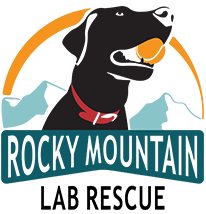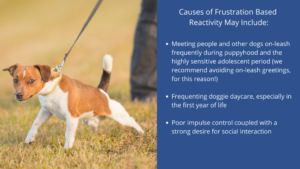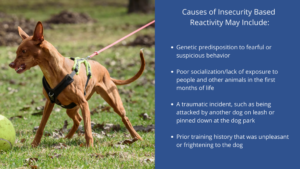Training Tips & Recommended Trainers
At RMLR we can’t emphasize enough how important working with a positive reinforcement trainer is to the wellbeing of a dog. Positive reinforcement training doesn’t just teach your dog behaviors that we like — it teaches your dog how to make good choices, control their impulses and use their brain to manipulate their environment to make good things happen. According to the AKC, positive reinforcement training is neither a bribe nor a gimmick. It’s based on the science of animal learning, and it’s incredibly effective. When selecting a positive reinforcement trainer, the best qualifications to look for after the trainer’s name include CTC, KPA CTP, VSA-CDT, VSPDT, CCPDT, PPG and IAABC.
RMLR Dog Training Recommendations
Boulder to Fort Collins Area
Art and Science
- Dog & cat behavior consulting, Board & Train
- Specializes in building a relationship between you and your dog, behavior modification, service dog training
Gigi Moss Dog Training
- Group Classes & Private Training
- Specializes in basic manners, intro of new pets or baby to the family, aggression, separation anxiety, etc
A Good Feeling Dog Training
- Private lessons, training courses, free webinars, podcast
- Specializes in reactive dogs, adventure dogs, recall, puppy basics
Paws & Reward
- Private lessons only
- Specializes in building a relationship between you and your dog
Training Wheels LLC
- Private Lessons, Board & Train
- Specializes in basic manners, fear, aggression, & reactivity
The Veterinary Behavior Center
- Veterinarian specifically trained to work with behavior problems
- Can also prescribe diets, supplements, and medications to support the behavior modification and training provided
- Specializes in fear, aggression, separation anxiety, dog-dog issues, etc
Colorado Springs
House of Dog Training
- Group Classes, Private Training, Dayschool
- Specializes in basic manners and reactive dogs
Mountain Region
R.E.A.L K9 Training
- Ouray, Montrose, Delta, and Telluride Counties, through in-home sessions
- One-on-one coaching, day training, and virtual sessions,
- Support from the very start—puppy selection, early socialization, obedience, public access, and task training
- Dogs who have big emotions—fear, anxiety, reactivity, or just needing a bit of extra understanding.
Denver Metro Area
- Private lessons, Day Training, and Board and Train
- Specializes in adolescent dogs that are distractable and reactive on a leash
- Welfare and quality of life assessment
- Nose and agility work
Denver Dream Dog
- Dog trainer & behavior specialist
- Specializes in leash reactivity, fears and phobias, barking dogs, and inter-household aggression with multiple dogs
Ears Up Pups
- Private in-home training, Private outings with trainer to build your dog’s confidence
- Specializes in basic manners (for everyday and adventuring), impulse management, loose leash walking, confidence building, and behavior modification
Furever Behavior
- Private in-home training, board and train, day training
- Specializes in leash aggression, loose leash walking, and behavior modification
Full Pawtential
- Private in-home training, Board and Train
- Specializes in basic manners, separation anxiety, loose leash walking, behavior modification
In Good Paws
- Private lessons and small group classes
- Specializes in young/adolescent, out of control and reactive dogs
Good Dog DYNO
- Private training, puppy socialization, group classes, day training, Board & Train
- Specializes in puppy basics, basic manners, confidence building, and socialization
Grace Dog
- Private training, Board & Train, service dogs
- Specializes in basic manners, puppy training, and aggression
Noble Beast Dog Training
- Group classes and private instruction
- Specializes in group classes as well as in-home training for fear, anxiety, and reactivity
Pawsitively Pets
- Basic training, boarding, day classes
- Specializes in reactive dogs, leash reactivity, resource guarding, aggression, fearfulness and socialization
Sensible Canine
- Private In Home Sessions, Small Group Classes
- Specializes in reactivity, aggression, fearfulness and impulse control
The Joyful Dog Co.
- Dog Behavior and Training for dogs of all ages
- Private lessons – in person or virtual
- Specializes in overarousal, reactivity, aggression, guarding
- CDBC, CPDT-KA, and Fear Free Certified
The Scallywag Dog
- CBARQ Animal Welfare Assessment, Animal Welfare Scientist (MSc), Certified Dog Behavior Consultant (CDBC), CPDT-KA
- Private in-home and virtual consults & training including puppies
- Specialization in Aggression (dog-dog, human-dog, resource guarding), reactivity, anxiety, fear, arousal
V Smart Dogs
- Dog behavior specialist
- Specializes in touch sensitivities and separation anxiety



